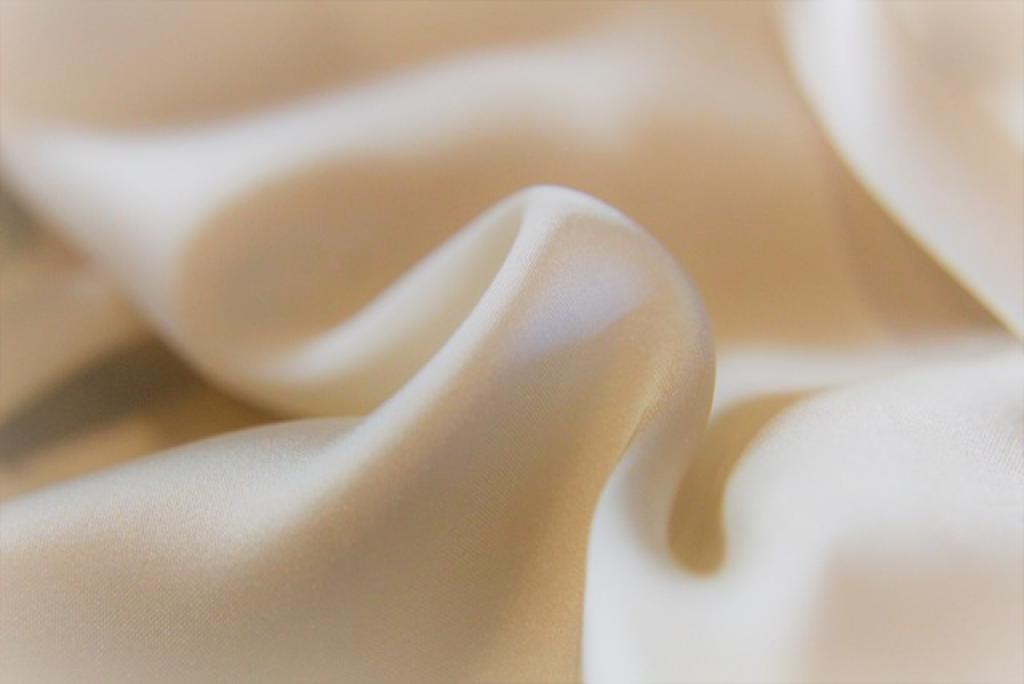Ever wondered why that stylish hemp shirt or those cozy hemp pants carry a heftier price tag? It’s not just a matter of fashion or trendiness. There are several fascinating reasons behind the cost of hemp fabrics and apparel.
In this blog post, we’ll dive into the story of hemp from farm to closet. We’ll explore the unique properties of hemp, the farming practices, the manufacturing processes, and the economic factors that contribute to its price.
Get ready to uncover the truth behind the price of hemp clothing and find out if it’s worth the investment for your wardrobe!
Understanding the Production Process of Hemp Fabrics
To truly appreciate the cost of hemp apparel, let’s break down the production process. From planting seeds to weaving cloth, each step is carefully managed to ensure quality and sustainability.
Growing and Harvesting Hemp
Growing hemp is quite different from other textile crops. Hemp plants require fewer pesticides and less water, making them eco-friendly. However, hemp’s unique growth cycle and labor-intensive harvesting methods add to its overall cost.
Processing and Spinning Fibers
Once harvested, hemp stalks need to be retted—a process that uses moisture to break down the plant’s tough outer layers. This can be done naturally over several weeks or sped up through mechanical means. The fibers are then meticulously separated, combed, and spun into yarn. This stage is laborious and requires specialized equipment, impacting the final price.
Weaving and Finishing the Fabric
Spun hemp yarns are woven into fabric, often blended with other fibers like cotton or silk. The weaving process requires experienced artisans and modern machinery to ensure the fabric’s durability and comfort. After weaving, the fabric undergoes finishing treatments to enhance texture and colorfastness, further adding to the costs.
Understanding these intricate steps sheds light on why hemp fabrics are priced higher. Each phase, from eco-friendly farming to meticulous finishing, contributes to a garment that’s not just sustainable but also of superior quality.

The Environmental Benefits of Choosing Hemp Apparel
Choosing hemp apparel is not just a fashion statement; it’s an eco-friendly lifestyle choice. Hemp has numerous environmental benefits that make it an excellent option for sustainable living.
First, hemp grows incredibly fast and requires significantly less water compared to cotton. This makes it a more sustainable choice, particularly in areas facing water scarcity. Hemp also needs fewer pesticides, which helps maintain soil health and reduces harmful chemical runoff into water systems.
Additionally, hemp plants are natural soil enrichers. They add nutrients back into the ground, improving soil fertility and structure. This helps support future crops and contributes to healthier agricultural ecosystems.
One of the most exciting benefits is hemp’s ability to absorb large amounts of CO2 from the atmosphere, combating climate change on a significant level. With the increasing necessity to reduce our carbon footprints, hemp offers a viable solution.
Lastly, hemp fabric is biodegradable. When your hemp clothing finally wears out, it won’t sit in a landfill for decades. It will break down naturally, reducing waste and impacting our environment positively.
By opting for hemp apparel, you’re not just making a purchase; you’re making a conscious decision to support a healthier planet. That’s a win for you and for Mother Earth.
Exploring the Quality and Durability of Hemp Fabrics
When it comes to quality, hemp fabrics stand out for their impressive strength and durability. Hemp fibers are some of the strongest and most resilient natural fibers available, making garments that last longer than those made from cotton or synthetic materials.
One of the remarkable qualities of hemp fabric is its resistance to wear and tear. Clothes made from hemp maintain their shape and are less likely to stretch out over time. This means fewer replacements and less waste.
Superior Breathability
Hemp fabric is also known for its breathability, which makes it an excellent choice for comfortable clothing. Its natural fibers allow air to circulate freely, keeping you cool and dry, even on hot days.
Hemp also absorbs moisture better than most other fabrics, which helps to wick away sweat and prevent odors. This makes it perfect for activewear and everyday outfits alike.
Another benefit of hemp fabric is its resistance to mold and mildew. Because hemp dries quickly and efficiently, it reduces the chance of developing unpleasant odors or mildew spots, enhancing the longevity of the fabric.
Choosing hemp means getting more bang for your buck. Its durability ensures that your clothing can withstand numerous washes and rough handling, making it a smart investment for a sustainable wardrobe.
In the end, the high quality and durability of hemp fabrics make them a fantastic choice for anyone looking to build a long-lasting and eco-friendly closet.
The Economic Factors Influencing the Cost of Hemp Clothing
When you’re shopping for hemp clothing, you might notice that the price tags are a bit higher than other fabrics. Several economic factors play into this, making hemp clothing a unique investment.
Production Costs
Hemp farming is less widespread than cotton or synthetic fibers, which directly impacts production costs. Farmers need specialized knowledge and equipment to grow and process hemp, often translating to higher initial outlays.
Additionally, hemp is less subsidized than other crops in many regions. This lack of financial support means farmers might pass on higher costs to manufacturers, who then pass them on to consumers.
Supply Chain Complexity
The journey from hemp plant to finished fabric involves several steps, each with its own associated costs. From harvesting and processing the raw fibers to weaving and dyeing the fabric, every phase requires labor and machinery.
Because hemp isn’t as widely produced, the supply chain is less streamlined. Each segment of the process can add to the overall cost, especially when compared to more commonly used materials.
Quality Control
Another factor to consider is quality control. Hemp fabrics go through rigorous testing to ensure they meet high durability standards. These increased quality checks can add to the cost but also mean you’re getting a top-notch product that will last longer.
By understanding these economic elements, you can better appreciate the value of hemp clothing. While the initial investment might be higher, you’re investing in sustainable, durable, and eco-friendly fashion, which can be much more cost-effective in the long run.
Conclusion: Debunking Myths and Embracing the True Value of Hemp Fabrics
So, there you have it! Hemp clothing might cost a bit more upfront, but it’s essential to understand why. From production costs to quality control, several economic factors influence its price.
By debunking myths about hemp fabrics, like the idea that they’re just a passing trend or inherently scratchy, we can see them for what they are: sustainable, durable, and incredibly eco-friendly options. Yes, the initial investment is higher, but in the long run, hemp fabrics offer unmatched value.
Not only does hemp farming benefit the environment by reducing pesticides and conserving water, but the fabric itself is versatile and long-lasting. When you buy hemp clothing, you’re supporting a cycle of sustainability that’s hard to beat.
In sum, embracing hemp fabrics isn’t just a smart choice for your wardrobe; it’s a conscious decision for the planet. With this knowledge in mind, making the switch to hemp or adding it to your fashion lineup becomes a no-brainer. Let’s celebrate and support this wonderful fabric for the true value it brings.

